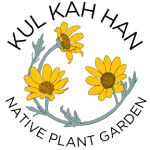Thank you for visiting our Garden! The garden is located within the bounds of H.J. Carroll Park in Chimacum, WA. Once you enter the park, look for signs directing you to the garden towards the right. There is ample parking. The Garden is identifiable by the “Salmon Shelter”.
Please enjoy your visit and look around. Chimacum Creek is nearby and H.J. Carroll Park is a wonderful place to spend the day.








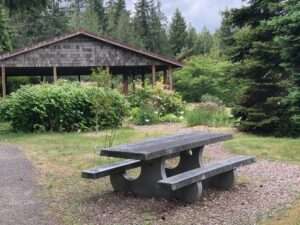




Testimonials
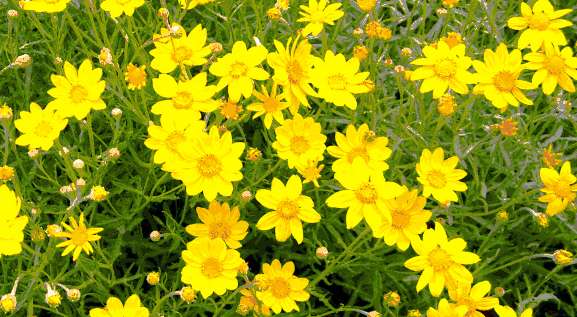
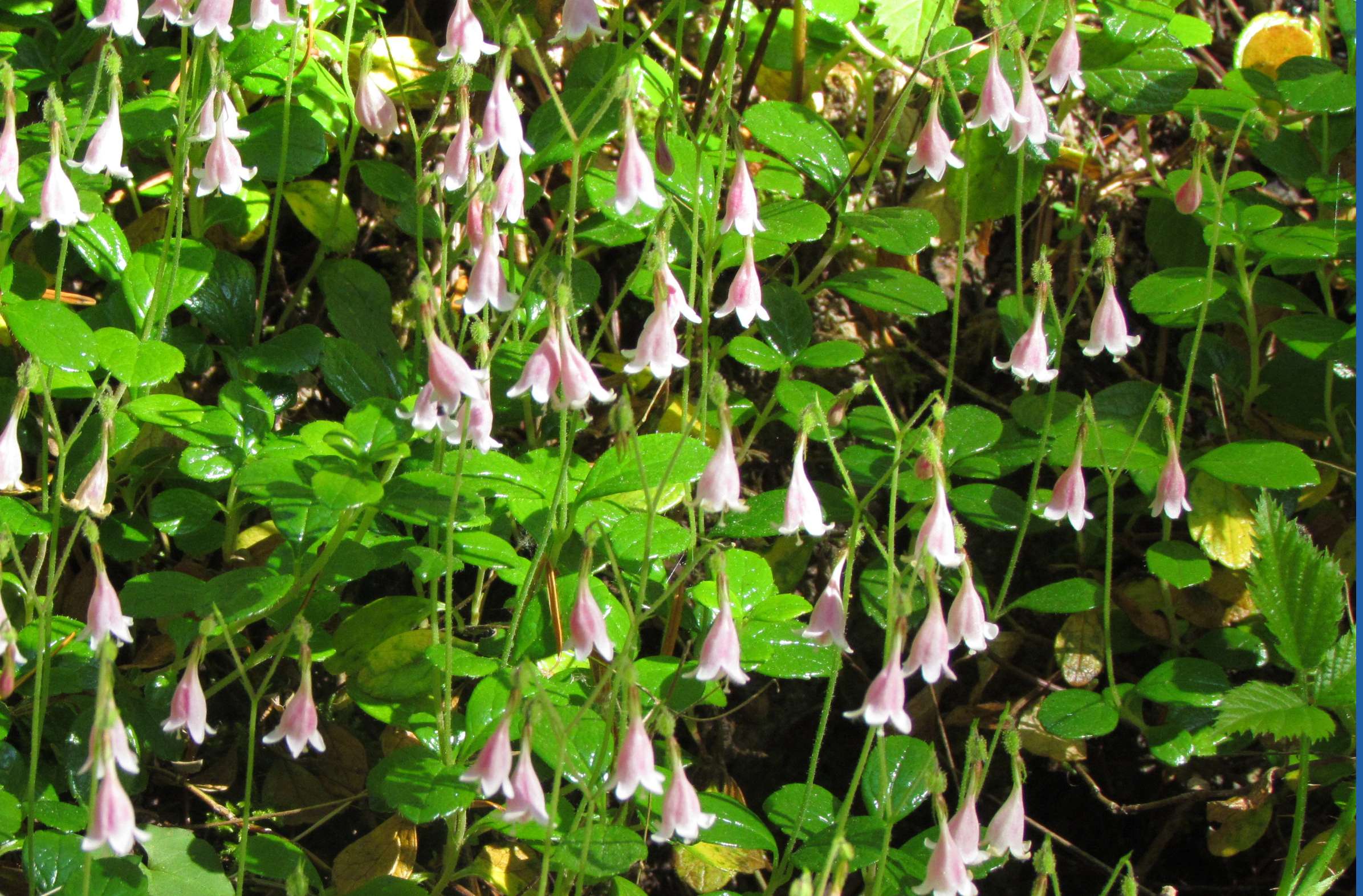
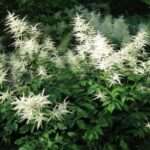
EXPERIENCE
✺ Come Stroll our 900 feet of garden paths to see hundreds of native plant species.
✺ Enjoy the textures, colors and fragrances of the trees, shrubs, flowers, grasses and ferns.
✺ Return to witness their changing beauty during different seasons.
LEARN
✺ Read the I.D. signs next to each plant to determine their features and their needs for light, moisture and soil type. This will lead you to the best placement of the plant in your garden for optimal growth.
 CREAMY STONECROP (Crassulaceae)
CREAMY STONECROP (Crassulaceae)
Sedum oregonense. Herbaceous perennial. 6” flower stem. Full sun to partial shade. Dry rocky soil. Flowering shoots have pale yellow to creamy blossoms turning pinkish in late summer. Blooms early to mid summer. Rosettes of fleshy green rounded leaves on 1.5” long stems. Plant in a rock garden to attract butterflies. Found on dry rocky slopes at mid to high elev. from AK south to CA.
✺ To bring the essence of nature into your landscape, read the descriptions of the
ecosystem/garden beds on the kiosk board.
✺ Go to a bed you are interested in by studying the color-coded map and
following the named green signs in the garden. (show photo of green signs) Here you may notice some of the typical characteristics seen in that terrain in the wild.
✺ For ideas on how to re-create this “appearance” in your home garden, click on “The Garden” tab and again on your chosen plant community. Scroll down to “In Your
Garden” and read the suggestions.
FOR MORE GUIDANCE
✺ Print out the Plant Lists from the Garden page of this website and bring them along when you visit.
✺ Study the educational posters on the kiosk board
✺ Become a member of the Olympic Chapter of the Washington Native Plant Society
To learn more about local efforts using native plants for salmon recovery, visit nosc.org
